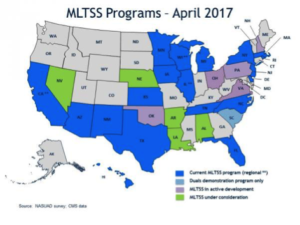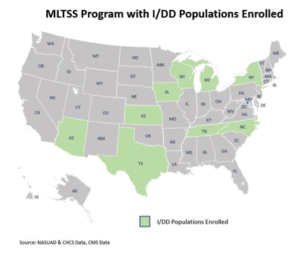SSI Makes Allowances for Student Finances
By Mary L. Waltari, Esq., Special Needs Alliance
Students with disabilities and their families sometimes worry that the very process of becoming educated—with an important goal being increased economic independence—can reduce SSI (Supplemental Security Income). Probably not. The Social Security Administration wants to encourage self-sufficiency and has guidelines that, in many cases, will enable individuals receiving SSI to continue their education without diminishing monthly payments.
SSI is a monthly cash payment made to eligible individuals with disabilities and, in many cases, it’s fundamental to their financial security. It’s a means-tested benefit, and until a child reaches the age of 18, parental income and assets are evaluated when determining qualification. Since an individual may not have more than $2,000 in “countable assets,” most minors are ineligible. However, once they reach 18, family assets are no longer considered, and many individuals with disabilities begin receiving SSI at that point. At the same time, many of them continue with high school education until the age of 21. Upon graduation, they may attend vocational training or college. While doing so, they may work a part-time job or receive financial aid, including room and board.
Protected Savings
Special needs trusts (SNTs), ABLE accounts and Social Security’s PASS (Plan to Achieve Self-Support) are several ways to set aside money for education, among other things. While these savings tools are regulated differently from one another, they enable funds for eligible individuals with disabilities to be accumulated without affecting means-tested government programs.
Monthly Earnings
Student Earned Income Exclusions (SEIE) take summer or part-time jobs into account by disregarding more income for students than for non-students. To be eligible, individuals must be under 22 and “regularly attending school,” which generally means going to classes for at least one month during the quarter to which SEIE applies for at least:
- 12 hours weekly for high school students;
- 12 hours weekly for vocational training;
- eight hours weekly for college students
There are exceptions for illness, and different rules apply to home schooling and “homebound” students.
It’s useful to compare SSI guidelines for students with those applied to others:
- Non-Students: SSI doesn’t count the first $65 of monthly earnings and half of the remainder, along with a $20 general income exclusion. What’s left reduces SSI dollar-for-dollar.
- Students: SSI disregards the first $1,790 of monthly earnings, up to an annual total of $7,200. Earnings over $1,790 per month will then receive the same earned income exclusion and general income exclusion available for non-students, after which earnings reduce SSI dollar-for-dollar.
Financial Aid
Any financial assistance covered by Title IV of the Higher Education Act of 1965 or Bureau of Indian Affairs programs isn’t counted as income, regardless of use. Interest and dividends from unspent funds are also exempt. Pell Grants, Federal Work-Study and Direct Loans are just a few of the covered programs.
But it does matter when and how financial aid and gifts from other sources are spent:
- There’s no effect on SSI so long as funds are spent on education-related needs within nine months of receipt.
- Funds set aside for education purposes but ultimately used differently are counted as income at the earlier of two points: in the month they’re spent or the month the individual no longer intends to use the funds for educational purposes
- Funds that are neither set aside for education nor immediately spent for that purpose are counted as income during the month of receipt and counted as a resource the next month.
Student Housing
Since SSI is intended to pay for food and shelter, non-students have their payments reduced when they receive such in-kind support and maintenance (ISM) from other sources. In such cases, SSI may be cut back by up to one-third of the maximum federal SSI monthly benefit, plus $20.
But if a student receiving SSI resides on campus, with room and board covered by parents or financial aid, other rules apply. The school living arrangements will be considered temporary and not categorized as ISM if:
- the individual is over 18;
- will return to their permanent address during holidays, vacations or following graduation;
- and lived at their permanent address for at least one calendar month prior to attending school.
On the other hand, if the student receives free housing and meals at their permanent residence, ISM applies and SSI will be reduced.
The Social Security Administration recognizes that education can be a gateway to independence for individuals with disabilities. Paying attention to these guidelines can ensure that students aren’t financially penalized for their ambitions.
Mary L. Waltari is a member of the Special Needs Alliance, a national nonprofit dedicated to assisting individuals with disabilities, their families and the professionals who serve them. SNA is partnering with The Arc to provide educational resources, build public awareness and advocate for policies on behalf of people with intellectual/developmental disabilities and their families.





 As part of its inaugural Research to Practice series,
As part of its inaugural Research to Practice series, 






